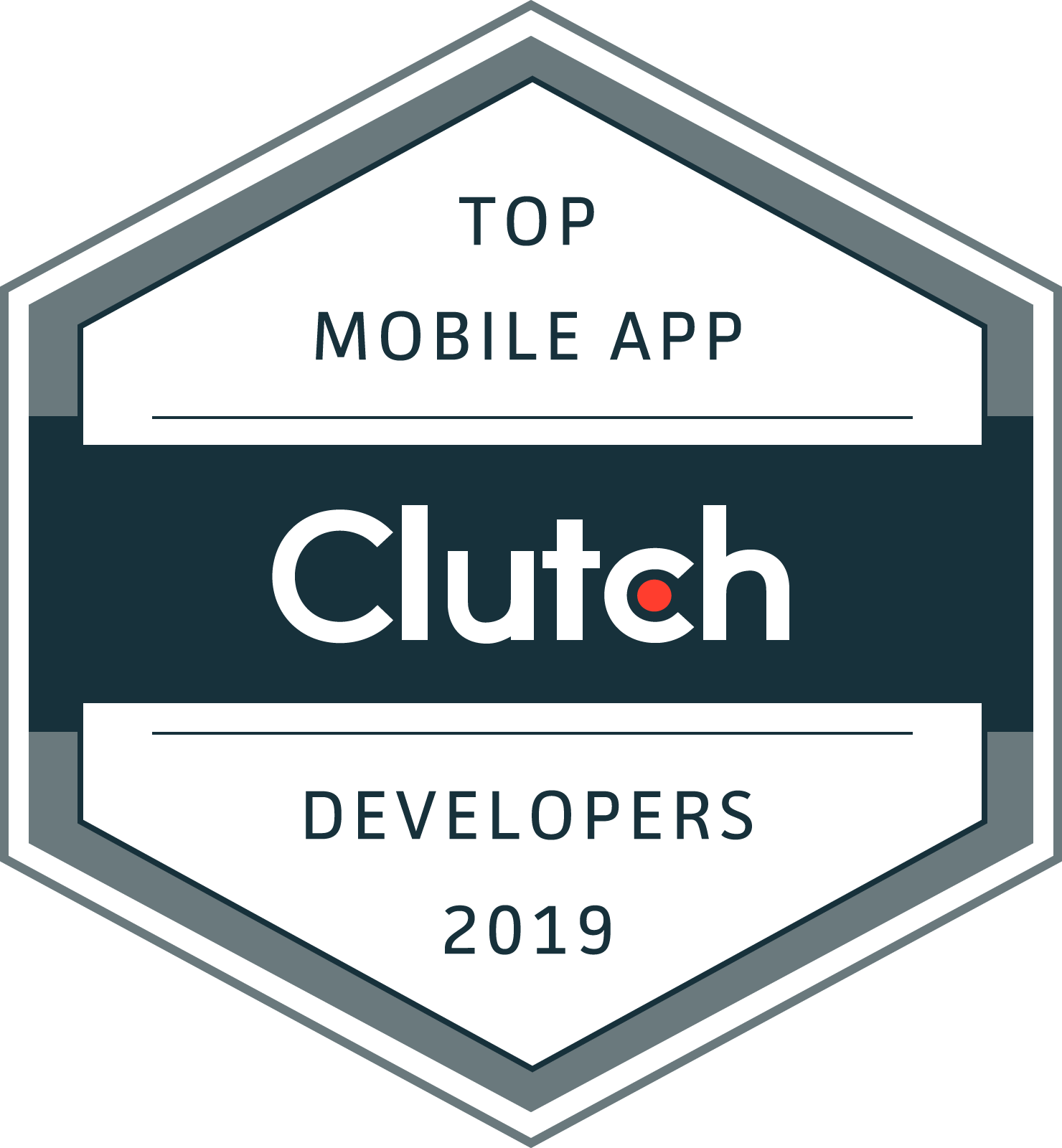Looking to develop an e-learning app like Duolingo and its estimated app development cost? The average Duolingo-like app development cost will range between $25,000 to $50,000 and can go above $75,000 with advanced features and functionalities. Let’s get into this details blog guide for a better understanding…
Have you been looking to develop a BNPL app like Klarna? Klarna is a "Buy Now, Pay Later" app that lets you split the bill into 4 interest-free installments.
The all-new concept of e-commerce apps is transforming convenience with "Quick Commerce apps". Let's learn how to create a Q-commerce app in 2024 and how it changes the e-commerce landscape and enables you to deliver products within 10 minutes.
With the rapidly growing market size of the e-commerce industry, looking to create an app like Costco is a worthy decision that may cost between $30,000 to $75,000+, depending upon the tech stack, features, and platform compatibility.
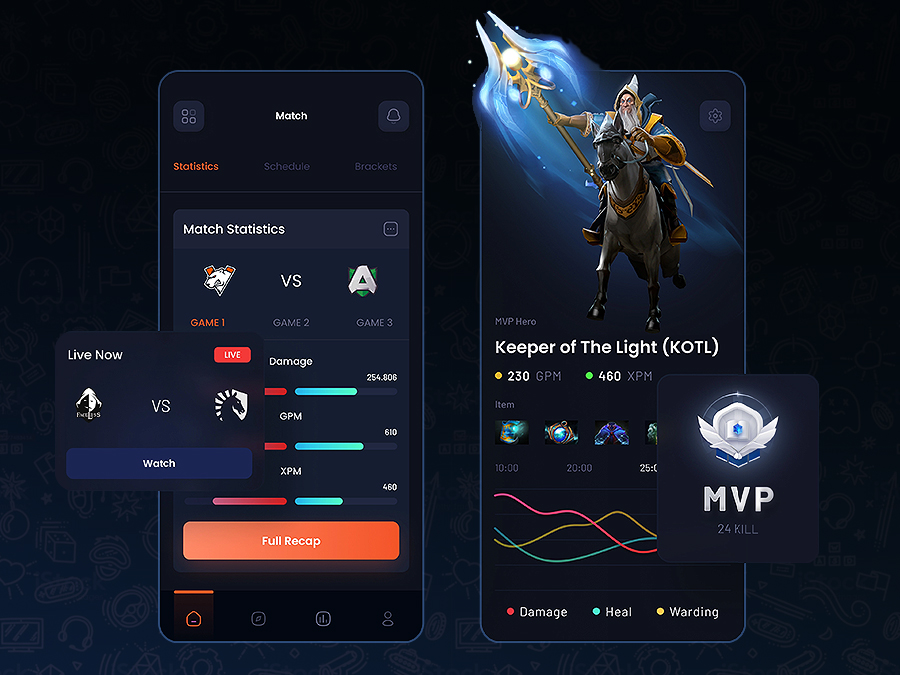
Over the recent years, the mobile game industry is catching the hype and constantly booming without showing any sign of going down in the near future. The gaming apps powered with emerging technologies including Augmented Reality, Virtual Reality, Artificial Intelligence and more, have given a brilliant makeover to traditional video games. With a Covid-19 impact on practically everything right from businesses to lives, economies to countries, the world has greatly changed over the last year. The gaming app industry hasn’t remained untouched with this impact and a large number of new users have constantly logged in to gaming apps to pass time during the lockdown, thereby, providing a huge opportunity to the startups and companies to expand their business. With that said, the online gaming industry is snowballing because of its excellent user engagement. In addition, another interesting note here is the rise in multiplayer games. Due to lockdown, gaming has quickly moved the internet with active playing with family and friends and making a whole new space in the field of gaming. As the interest increases for multi-player games, it has made it essential for companies and start-ups to put their focus on multiplayer gaming apps. The number of mobile app downloads is soaring in 2021 and according to the statista, the annual revenue generated from mobile apps will reach $935 billion by 2025. The surprising fact here is, 22.37% share of the revenue is acquired by the mobile game apps available for both iOS and Android. Mobile games
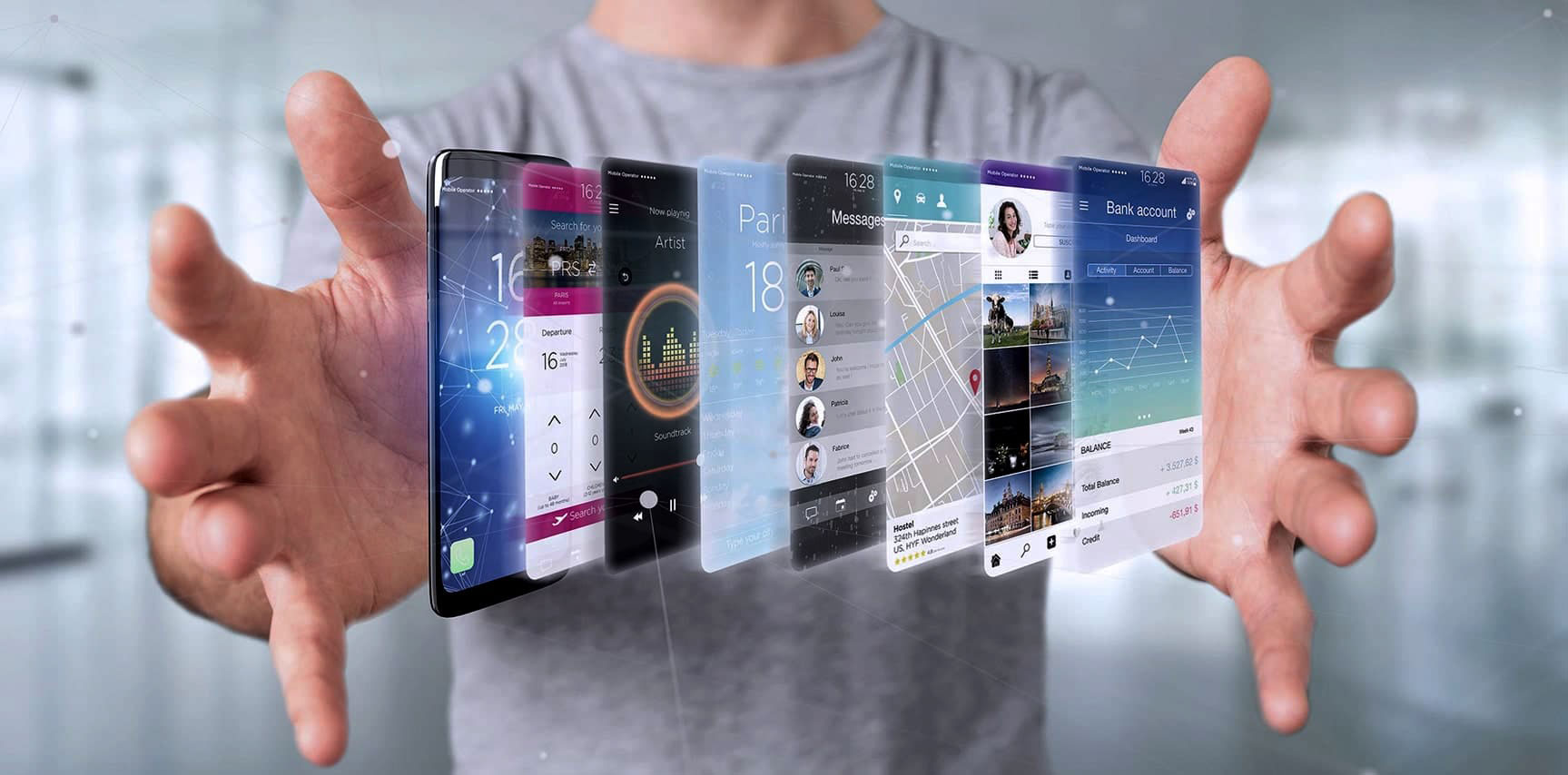
Over-the-top (OTT) apps have become a dominant force on the internet, appearing on various devices such as TVs, laptops, mobile phones, and gaming consoles. But what exactly do these apps offer? And how can they benefit businesses? In this blog post, we will uncover the often overlooked advantages of investing in OTT app development. By employing effective strategies and techniques, you can create a captivating and interactive OTT app that effortlessly connects with your target audience. From enhancing customer engagement to generating substantial revenue, investing in OTT app development brings significant advantages to your business. So let’s dive into the key benefits of OTT app development in more detail. What is an OTT app? OTT, or Over-the-Top, is a term used to describe the delivery of content like movies, TV shows, and videos directly to viewers through the internet. This bypasses traditional broadcast methods. OTT apps are applications that enable users to access this content on different devices such as smartphones, tablets, smart TVs, and gaming consoles. Over the top (OTT) apps have completely transformed our entertainment consumption habits and have seen an unprecedented surge in popularity. These applications enable users to stream their preferred TV shows and movies whenever and wherever they please, as long as there’s an internet connection available. One of the most impressive aspects of OTT apps is their capability to provide personalized content recommendations. These apps utilize data analytics and machine learning algorithms to curate content that matches users’ preferences and viewing habits. This results

The adoption of cloud-native mobile apps has been a significant game-changer in the app development industry. In a bid to remain competitive and meet changing user demands, businesses are embracing this innovative approach. Nonetheless, building cloud-native mobile apps presents distinct challenges and benefits, as is the case with any technological advancement. Consequently, there is a need for a shift in both technology comprehension and application design/deployment approaches to leverage this transformation fully. By embracing cloud-native mobile apps, we are paving the way for the future of software and app development, a future that promises unprecedented scalability, flexibility, and efficiency. Understanding Cloud-Native App Development The landscape of application development is constantly changing, and a pivotal contributor to this evolution is the emergence of cloud-native mobile applications. These applications are designed to operate with peak efficiency within a cloud-based ecosystem. Unlike traditional applications, cloud-native ones are not limited to specific hardware infrastructure and can function seamlessly on any standard mobile device or underlying infrastructure, regardless of whether it is provided by a public or hybrid cloud platform. Diving into The Development Process Developers utilize modern practices like microservices architecture and continuous integration/delivery (CI/CD) when building these applications. This allows for swift updates and customization, simplifying the entire application life cycle process. Cloud-native technologies are essential in developing these apps and provide organizations with the ability to leverage the benefits of cloud computing models, such as scalability, flexibility, and speed. These elements are challenging to achieve through traditional methods. The Importance Of Being
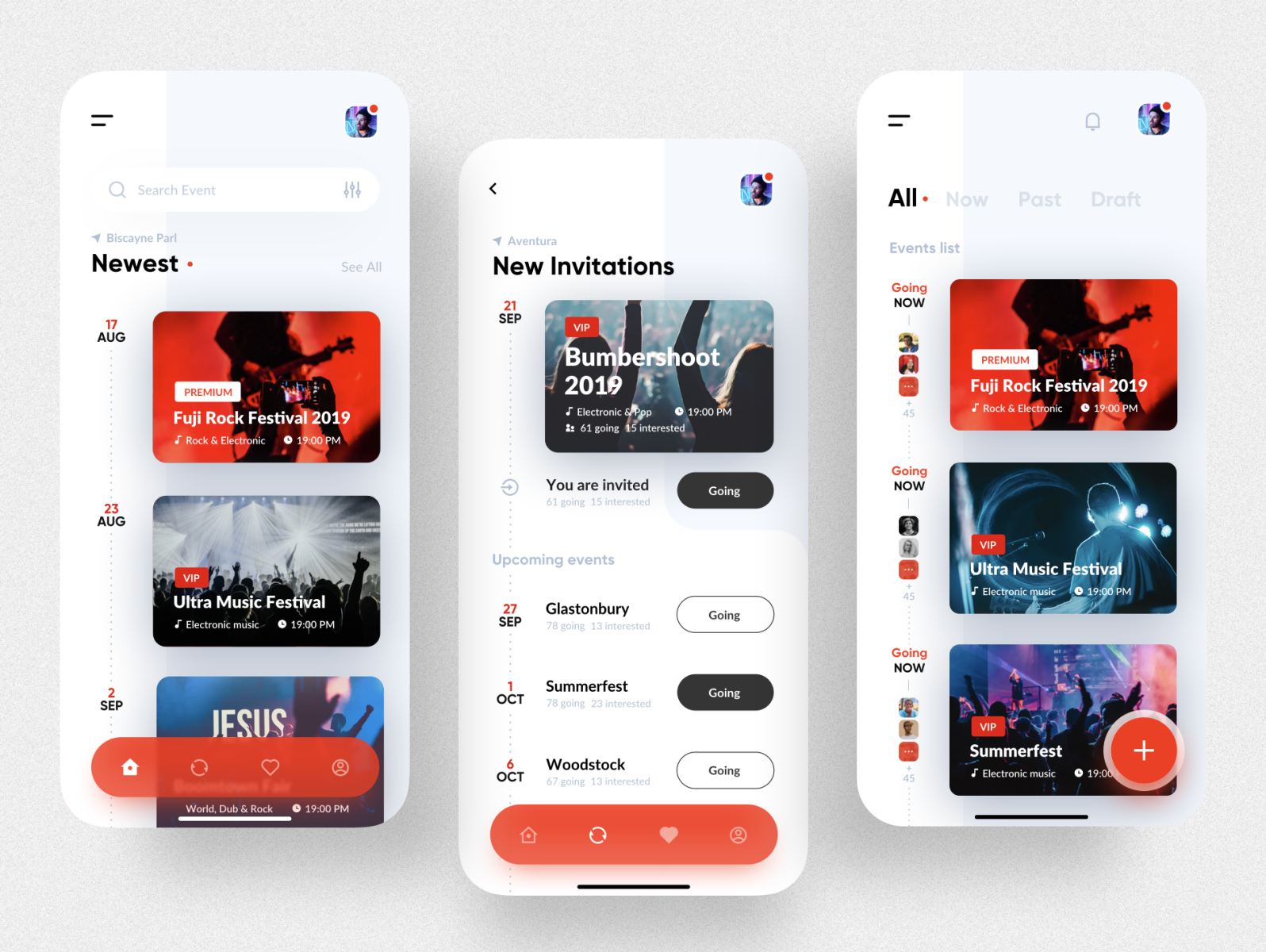
The number of smartphone users is set to exceed 7.6 billion by 2027, which explains the thriving mobile app industry and its readiness for new ideas and opportunities. However, the industry is bound to evolve with the influence of Covid-19 pandemic, the advent of 5G technology, and the increasing need for convenience. In light of these developments, mobile app development will transform, experiencing a significant shift in speed, relevance, and connectivity. This transformation will require a fresh approach, including innovative thinking and strategic development to accommodate new programming languages, new-age technologies (such as Blockchain, AR, and AI), and the closure of vulnerabilities. Let’s examine the top trends that will shape the future of mobile apps: 1. Touchless UI It’s true – touchless interfaces are quickly becoming a prominent trend in mobile app development. By 2023, more than half of all major business apps are expected to incorporate some form of touchless experience, according to Gartner. While touchless user interfaces are not entirely new to users – think biometric authentication for payment apps – there are new developments in gesture control. In fact, soon users may be able to control apps using head or screen movements, or even eye tracking for scrolling. These emerging trends will undoubtedly revolutionize application development. As mobile app design continues to evolve, we can anticipate exciting transformations in the years to come. From streamlined designs to augmented and virtual reality interfaces, the possibilities for app development are endless. With that said, let’s delve into the latest

The healthcare industry is abuzz with the use of ChatGPT technology. While some still debate the ability of AI to replace human healthcare providers, others recognize the growing number of compelling use cases for incorporating this novel technology in medicine. Indeed, ChatGPT has already demonstrated its efficiency, even without additional training by healthcare professionals. Recent AI chatbot achievements include: As healthcare ChatGPT use cases continue to amaze the public, let us examine how providers can utilize this large language model (LLM) technology in their medical practices today. The key takeaways include When we take a bird’s eye view of ChatGPT’s practical applications in medical software, three areas stand out: conversational interfaces, information retrieval from large datasets, and automated content generation. Patient and provider-facing chatbots and virtual assistants fall under the conversational interfaces category while generating auto-reports based on patient data and lab results explanations from a bot fall under information retrieval and automated content generation, respectively. ChatGPT’s large language models offer a valuable substitute for patient-provider interactions when human intervention is unnecessary. This technology allows patients to learn about their medical conditions and treatment plans and interpret test results at their own pace. On the other hand, providers can harness NLP technology to process extensive health data and derive insights more quickly or create documentation without delay. Here are the most promising use cases for applying ChatGPT in the healthcare industry 1. PREDICTING MEDICAL OUTCOMES ChatGPT has a multifaceted capacity that extends beyond disease diagnosis, encompassing the capability to forecast
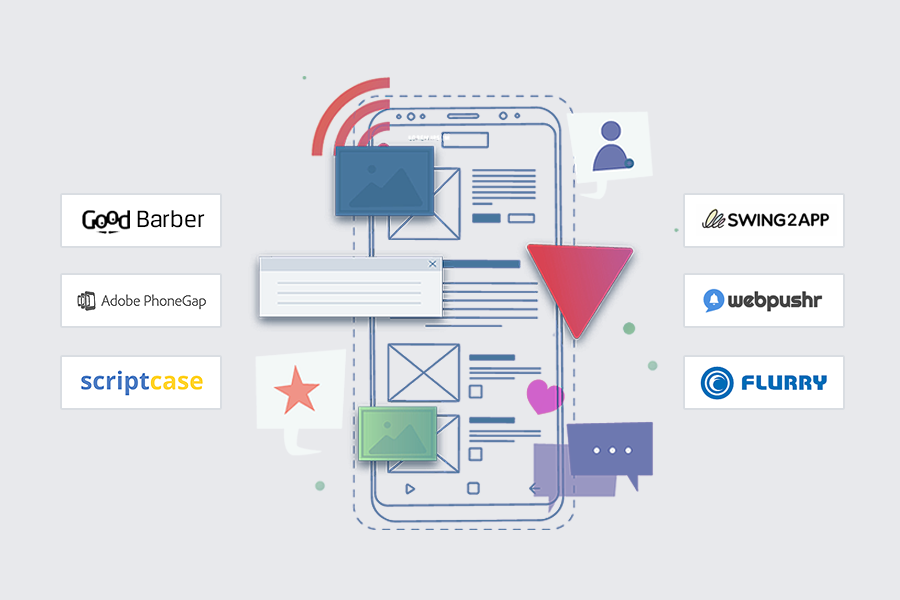
Believe it or not but our lives have become so dependent on mobile apps that imagining a day without it would seem barbaric and abrupt. Starting from locating a cafe in a nearby place, to communicating with our loved ones at far places – the mobile app has become an integral part of our lives. A research done by Statista shows some most popular categories on the Apple App Store by share of availability. These numbers clearly tell us that the average time a person spends on their phone has been rising as the time is passing by. Thus, why not grab this opportunity and bring out a good fortune in your vanity. How? Well, obviously by constructing a solid mobile app that provides the user with all the facilities and the vital things that are needed in the journey. One of those is plugins. Mobile App Plugins will not only save hard-earned money of yours, but it would also help you to construct an app efficiently if you are not trained or technically skilled. Therefore, by no doubt, mobile plugin apps will be the most cost-effective and excellent option to go for. Hence, here are some of the most important and Top Mobile App Plug-Ins that would help you make your app successful. What are the Advantages of Using Plugins in the Very First Place? Before we dig into the topmost plugins you would love to know why you should use them at the very first place: It is










